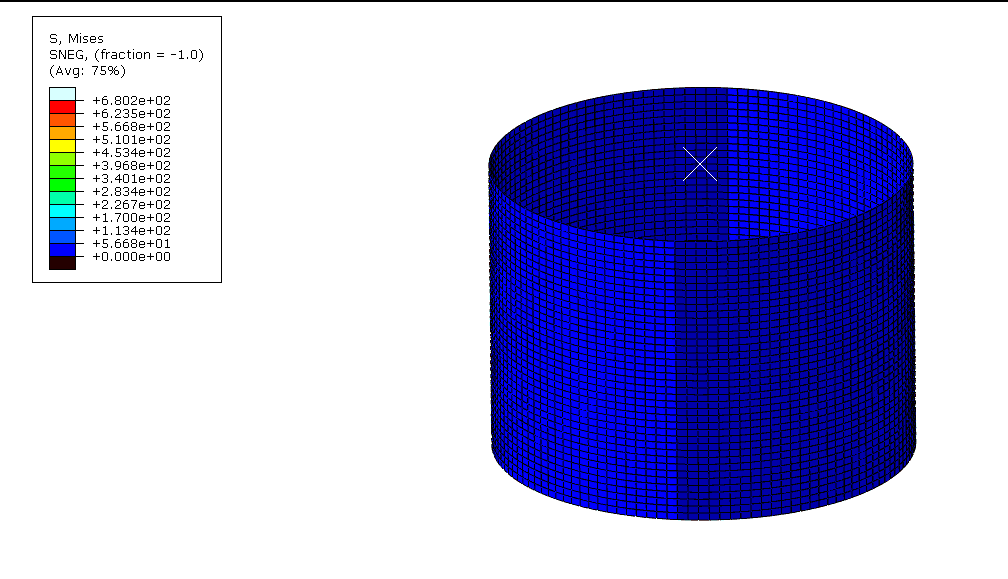Buckling, post-buckling, collapse
 It is vital and necessary to design some structures. For example, in-car impact, certain parts need to collapse to absorb maximum energy. In other words, the design of thin-walled shell structures and imperfection sensitive, such as soft drink bottles or pressure vessels, should be such as to prevent instability and unwanted buckling.
It is vital and necessary to design some structures. For example, in-car impact, certain parts need to collapse to absorb maximum energy. In other words, the design of thin-walled shell structures and imperfection sensitive, such as soft drink bottles or pressure vessels, should be such as to prevent instability and unwanted buckling.
Buckling means the sudden collapse of a member of a structure under high axial compressive load. This collapse manifests itself as a transverse deformation in a member of its structure. In the design of the structure, the importance of buckling is mentioned in such a way that the buckling load should be more than the maximum axial load on the members of the structure. Usually, slender structures such as columns, trusses, shells, and sheets are prone to buckling. The buckling instability is the result of geometric effects and is not affected by the material of the structure.
“Post-buckling” means the deformation of the structure after the start of buckling, which helps to better understand the failure behavior of the structure after the amount of unauthorized loading. Post-buckling behavior is a nonlinear behavior that occurs in a very short period of time. Also, the amount of deformation is very high and self-contact may occur during buckling. The initial onset of buckling is related to the modes obtained from the modal frequency analysis of the structure.
applications
- Increasing the safety of long slender structures
- Increasing the impact and energy absorption of some structures
- Increases the safety of pressure vessels and thin-walled shells
Abilities
- Simulation of Post-buckling behavior using Riks algorithm
- Detection of imperfection-sensitive structures
- Specify special values
- Define Imperfection in a good mesh
- Effective use of Riks method
- Use attenuation to control unstable movements
Softwares for collapse
- ABAQUS
- Ansys

Simulation of Post-buckling Behavior Using Riks Algorithm












